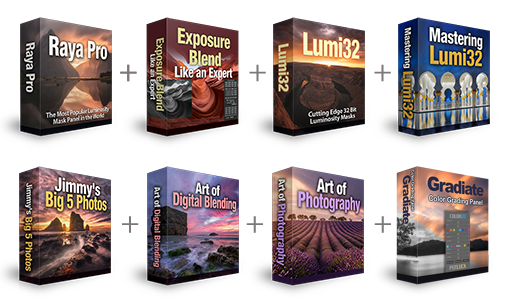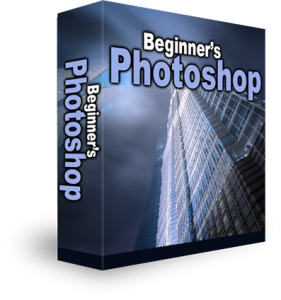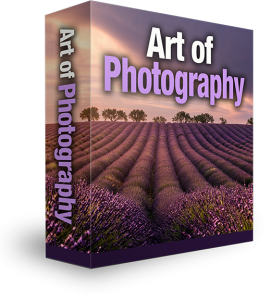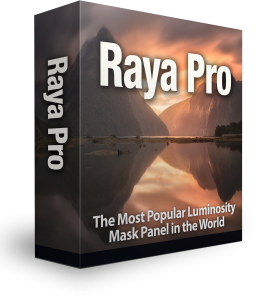Choosing An Aperture For Landscape Photography
The reasons why we choose different apertures depends on what we see in front of us. And also how we want to capture the scene. Aperture determines the depth of field in our images. Depth of Field is Apertures main attribute in photography. It determines what is in focus in our images. It’s not that simple though! we can also use aperture for other reasons in landscape photography. Scott Davenport helps to explain how choosing an aperture for landscape photography is so important. And, how to choose the correct aperture.
Depth of Field in Landscape Photography
Depth Of Field (DOR) is the distance from the closest point from you to the furthest point away from you where details in your image are of an acceptable level of sharpness. A high f stop or narrow aperture gives you a greater depth of field. Whereas a low f stop or wider aperture provides a more shallow depth of field. This doesn’t just necessarily mean how close or far away your image will be in focus, this a range that will be in focus.
There is a near limit and a far away limit to consider. It’s particularly important if we are using a lens with a greater focal length than 35mm. We tend to find that lenses with a focal length higher than 35mm, the DOF is something you need to pay great attention to. Lower than 35mm we can achieve what is called an Infinite Depth of Field. This is where almost the whole image is in focus, the only exception would be what is really close to us. The lower the focal length the easier it is to achieve an infinite DOF.
Enter your email below and join our community of more than 100,000 photographers who receive regular tutorials and have also
Subscribed to our newsletter,
Downloaded our FREE Photoshop Course
Got our FREE Easy Panel for Photoshop
And have our FREE Essential Guide To Luminosity Masks E-Book
Examples of Depth of Field
- A focal length of 35mm we can achieve an infinite DOF at f22 but everything within 0.8 meters of us would be out of focus.
- If we lower the focal length to 22mm we can achieve an infinite DOF at f11 but everything within 1.2 meters of us would be out of focus.
- For a focal length of 14mm we can achieve an infinite DOF at f3.6 but everything within 1.4 meters of us would be out of focus.
The above figures vary slightly when you consider crop sensor cameras vs full-frame sensors. To help you get a more accurate bearing you could use this handy little calculator that I found online to work out these depths of fields you can find it here DOF Calculator.
Scott’s last image of the flowers where the background is blurry demonstrates DOF. It was taken with a focal length of 46mm at f/4 and gives him just a 12cm depth of field.
Using Aperture to Capture Atmosphere
Fortunately, most landscape photography is shot with wider lenses with shorter focal lengths. Because of this, it is easy for us to achieve an infinite depth of field which is great news. This gives us the option to use Aperture in other ways. Scott highlighted how he has used Aperture to affect shutter speed. 4 out of the 5 images Scott shows us in his video are shot below 35mm in fact the range is 18-30mm. With all of these images, an infinite DOF is achieved. So, with concerns regarding focus allayed. Scott can use aperture to capture the atmosphere by softening the clouds and water by using aperture to increase the exposure time.
To Summarise Choosing An Aperture For Landscape Photography
- If your lens focal length is above 35mm you need to pay close attention to Depth Of Field if you want to capture sharp images.
- The higher the F stop the larger the Depth Of Field.
- With a lower the focal length it is easier to achieve an Infinite Depth Of Field.
- Achieving an Infinite Depth Of Field then allows us to focus on capturing the atmosphere by increasing the exposure time using aperture, the higher the F stop the longer the exposure.
- f/8 and f/11 are the sweet spots for most landscape photographers.
Photo by Denys Nevozhai on Unsplash 
Photo by Bryn Young on Unsplash 
Photo by Philipp Deus on Unsplash
Thank you for reading this article on Supersize Using Super-Resolution in Photoshop, be sure to sign up for our newsletter for more tutorials and great offers.
Enter your email below and join our community of more than 100,000 photographers who have also
Subscribed to our newsletter.
Downloaded our FREE Photoshop Course.
Got our FREE Easy Panel for Photoshop.
And, have our FREE Essential Guide To Luminosity Masks E-Book.
Other Articles That Might Interest You
How to Know What Aperture to Use
How to Choose the Sharpest Aperture
Shutter Speed and Aperture

